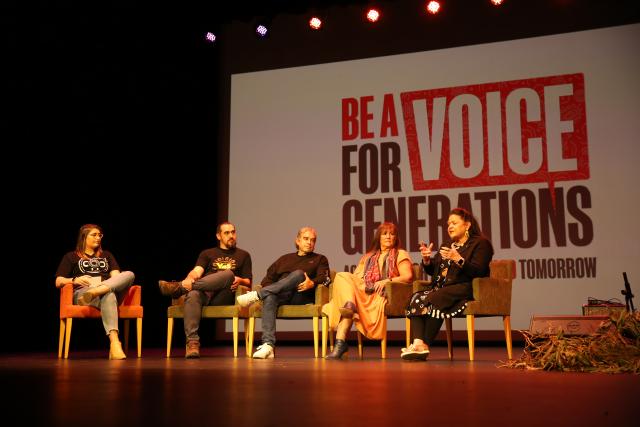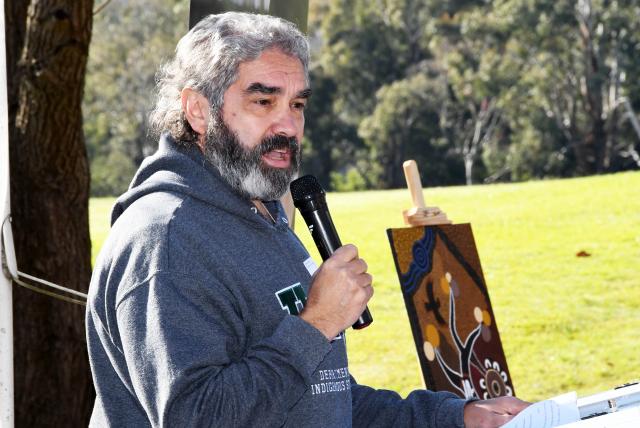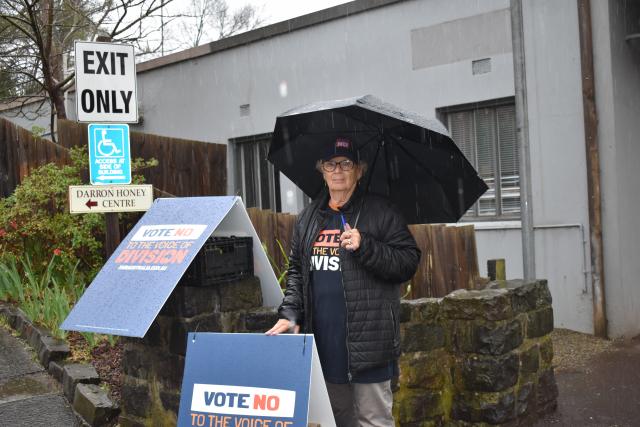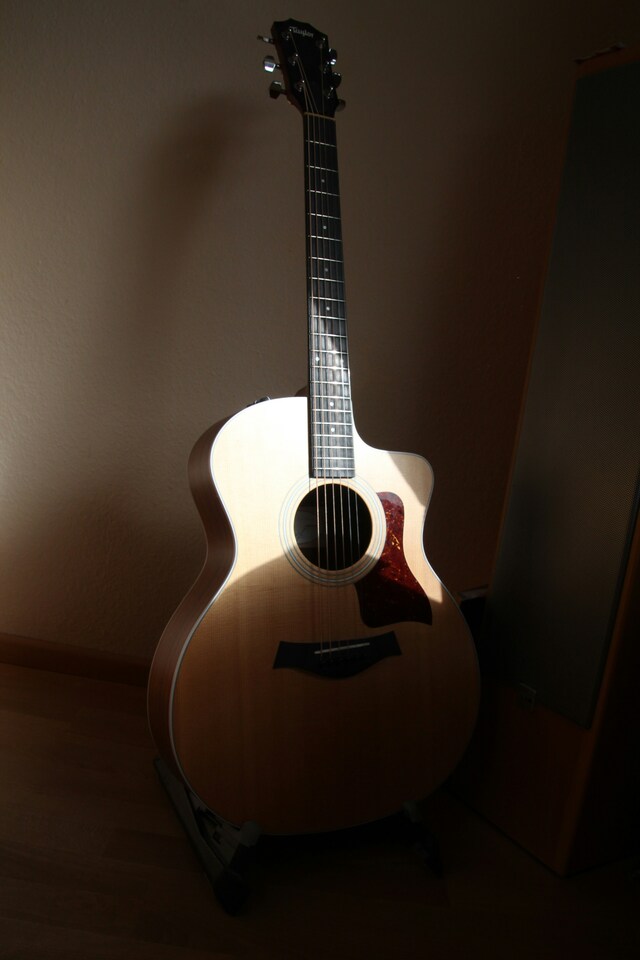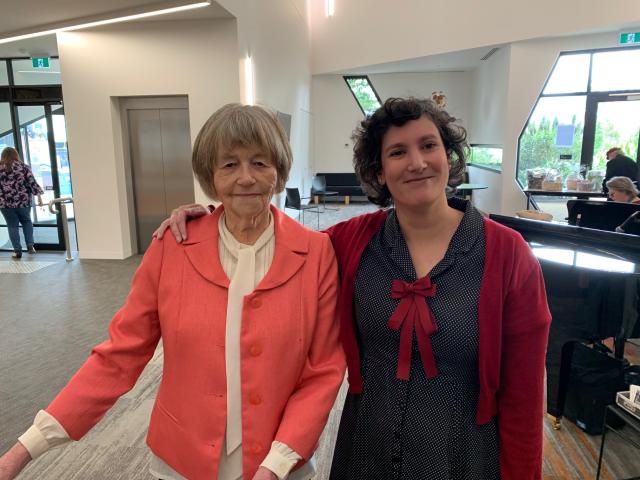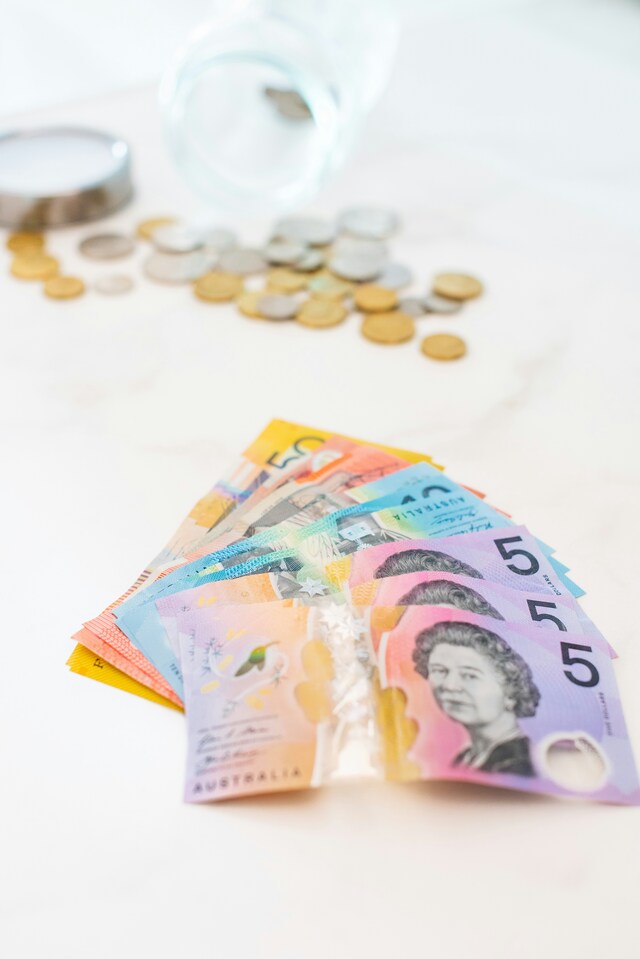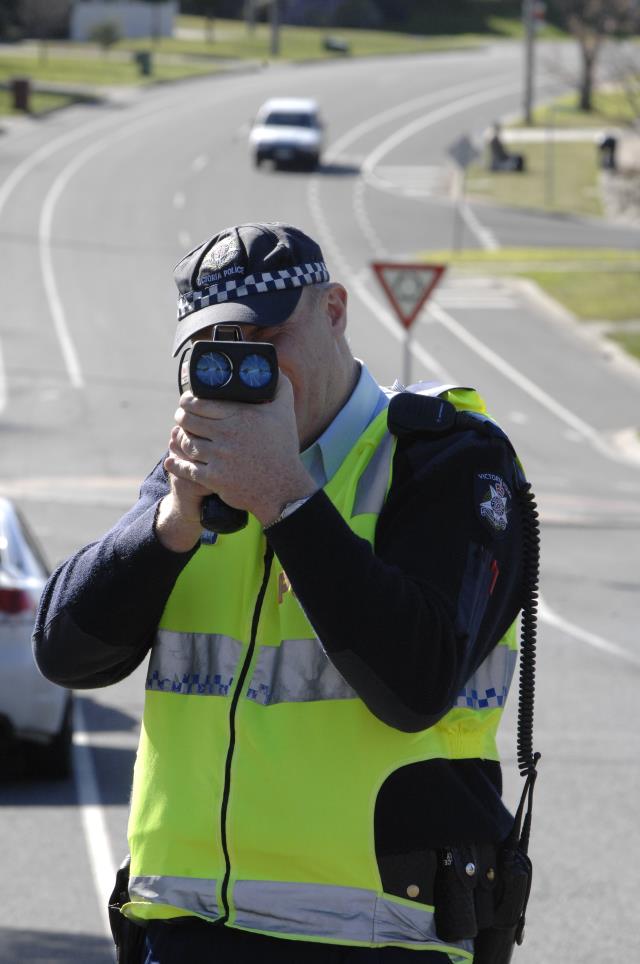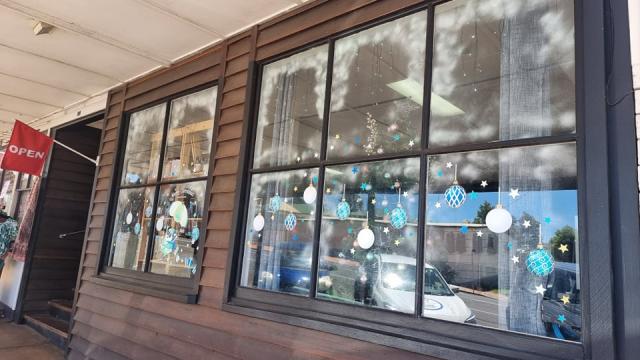The referendum for an Indigenous Voice to Parliament was a hotly debated topic locally and throughout the country in the lead-up to voting day.
Here’s what the Casey electorate had to say on The Voice.
The referendum proposed added subsections for the Australian Constitution to include formal recognition of First Nations peoples as the traditional inhabitants of Australia and the establishment of a new constitutional power called the Aboriginal and Torres Strait Islander Voice. Two other subsections outlined the ‘representation-making’ function of The Voice and navigated the parliament’s ability to make laws in accordance with and in relation to The Voice entity respectively.
Speaking to the Star Mail ahead of the vote, Professor of Constitutional Law at the University of Melbourne Cheryl Saunders said what The Voice would have looked like would have been a matter for legislation and the legislation ‘wouldn’t be set in concrete’.
“The power of The Voice will be there for the parliament to use and while legally the government is not forced to use that power, politically it has to enforce it and will.”
A National Reconciliation Week event in June at The Memo in Healesville hosted two keynote speakers, — Rueben Berg and Aunty Jill Gallagher — provided an opportunity for them to share their views on The Voice with the community.
Gunditjmara man and representative for the metropolitan region First Peoples’ Assembly of Victoria Rueben Berg said said that the aspirations of First Nations People are leading us as a nation towards the realization of the United Nations Declaration on the Rights of Indigenous Peoples.
“Victoria is already kicking goals in that area and we have made some really significant progress along the lines of voice, treaty and truth,” he said.
“Here in Victoria, we already have a Voice in the First Peoples Assembly.”
Gunditjmara woman Aunty Jill Gallagher helped design and develop the First People’s Assembly and is a former treaty commissioner.
Ms Gallagher said she was often asked whether having an Aboriginal Voice in parliament will be divisive and her response is that there is already division in this country.
“We have to look at recent times, Stan Grant had no choice but to resign due to that division, when one of Australia’s most distinguished and revered journalists decides to walk away from their profession, as a direct result of racism, it is clear that something is still very wrong in our society,” she said.
Casey MP Aaron Violi weighed in on the referendum process multiple times throughout the year.
In January, Mr Violi said he wanted to understand the details of whether local, regional and national bodies will exist within the framework and how they will interact.
“The reality is that the challenges that Indigenous Australians in Casey face are completely different to the challenges for Indigenous Australians in Central Australia,” he said.
Opposition Leader Peter Dutton announced the Opposition would be formally supporting the No campaign on Wednesday 5 April.
Following this, Mr Violi said he hadn’t yet reached a final position on a personal level, which was his “right as a Liberal backbencher.”
“I’m continuing to engage with the community here in Casey, and that involves working with an organisation called DemocracyCo, with forums and public dialogue because I’ve received a range of views,” he said.
Unlike shadow-cabinet members, Mr Violi was not bound to support the Liberal Party’s position.
On a visit to the Yarra Ranges in May, Opposition Leader Peter Dutton told the Star Mail that even if the referendum was successful, the party’s position wouldn’t effect the reelection chances of MPs in marginal seats.
“If you sit on the fence in politics you end up believing in nothing and you end up, I think frankly, being a burden to your own community.”
By the time he spoke to the Star Mail in September, Mr Violi confirmed he would be voting no.
“The moment my concerns were crystallised was when I was speaking to an Indigenous leader in our community in Casey and he expressed the same concerns I had, that he hadn’t been consulted in the process.”
Community consultation in Casey conducted by Mr Violi’s office returned a result of 39.8 per cent voting yes and 45.75 per cent voting no with 14.5 per cent yet to decide, with a community forum of 50 people returning equal results of those voting yes and no.
Labor Senator for Victoria Linda White was in communication with the over 170 volunteers of the Casey for Yes group and was a member of the initial Joint Select Committee on the Aboriginal and Torres Strait Islander Voice Referendum. She voted Yes alongside her fellow party members.
Before the referendum, Ms White said the most significant reason for her decision was the length of time The Voice has been called for.
“The Uluru Statement from the Heart was the culmination of probably 20 years of requests to have constitutional recognition for Indigenous Australians,” she said.
“Having Indigenous bodies in legislation, which can be easily abolished, has just not worked because the bodies themselves might have but were just taken out by successive governments. That points to me that you need something strong so it can continue.”
The Committee, made up of seven Labor, three Liberal and one Nationals, Greens and Independent representatives, passed the alteration that formed The Voice referendum unamended, forming the view that the Bill is ‘constitutionally sound’ and met the requests of the Uluru Statement From the Heart.
A Casey for Yes group was formed and held in-person and online discussions in the lead-up to the referendum.
Group founder and former independent candidate for Casey Claire Ferres Miles said the group had been started specifically for The Voice and educating the community and was feeling positive when she spoke to the Star Mail in September.
“We can only comment on our recent visit to Upwey, however, we estimated around 40 per cent of people were very supportive of the yes vote, 40 per cent seemed to be undecided and looking for more information, and 20 per cent either didn’t want to engage or were supporting the no vote,” she said.
Healesville Indigenous educator Thane Garvey, a descendent of celebrated Wurundjeri leader William Barak, said Australia was well behind when it comes to recognising First Peoples, with neighbours New Zealand having ‘a long way to go over there too but they’re still way ahead of us’.
“If you look at New Zealand or if you look at other places around the planet, they’re normally known somewhat because of their Indigenous people, their Traditional Owners, whereas Australia really doesn’t want to have that identity, that relationship with Traditional Owners for some reason,” he said.
Following the referendum result, Thane said it was heartbreaking but we’ve just got to forget about The Voice for now and moving forward, we’ve just got to focus on treaty.
“As Indigenous Australians, we need to start branching out to our brothers and sisters over in New Zealand and all these other countries all over the planet, all these different places that managed to get treaty across the line,” he said.
Wurundjeri man, Indigenous studies professor and son of Aunty Dot Peters, Dr Andrew Peters, voted yes because of the ‘bipartisan support’ a Voice to Parliament would have given First Nations people.
Andrew said The Voice would’ve been a “permanent way for governments to listen to Aboriginal representative groups” especially when it comes to the expression of culture.
“Over the years, where things have been set up to help Aboriginal people, generally speaking, they were set up by the Labor government and disbanded by Liberal governments. It might not always be the case but generally, that’s what’s happened,” he said.
No vote campaigner Joanne van Wageningen and Yes vote campaigner Dr Bob Rich were among many across the state to give their time to assist at pre-polling, both braving pouring rain in Healesville on Tuesday 3 October.
Ms van Wageningen said she did the reading and research while also listening to what people had to say.
“My initial gut feeling was no, but then I had to do the research and actually follow that up with proof of what was right,” she said.
Dr Rich said he was involved because he is for decency.
“I want justice and redress for all the past times for our First Nations people, they have asked for in the Uluru statement for three things; Voice, Treaty and truth,” he said.
61 per cent of Australians ended up voting No in the referendum held on 14 October.
Across the Casey electorate, the No’s only just held the majority, with only 58 per cent of locals making up the majority, and a close 42 per cent voting yes.
Breaking the results down, Boronia and Rowville were the only locations in Knox that turned a ‘No’ majority.
Boronia had the biggest turnout of voters in the municipality, with the results favouring the no’s 1997 to the yes’s 1846 votes.
In the Yarra Ranges, Tecoma had the greatest count in favour of The Voice, with 1,154 votes for The Voice versus only 639 against.
The No’s held a strong majority over the Yes vote in Healesville – 2,854 to 2,256 respectively.
The polls in Menzies Creek, Mount Dandenong, and Warburton were the only other communities in the Yarra Ranges to show a Yes majority.
Lilydale provided the greatest polling numbers, with 4,350 yes votes trampled by the 9,750 who voted against.

